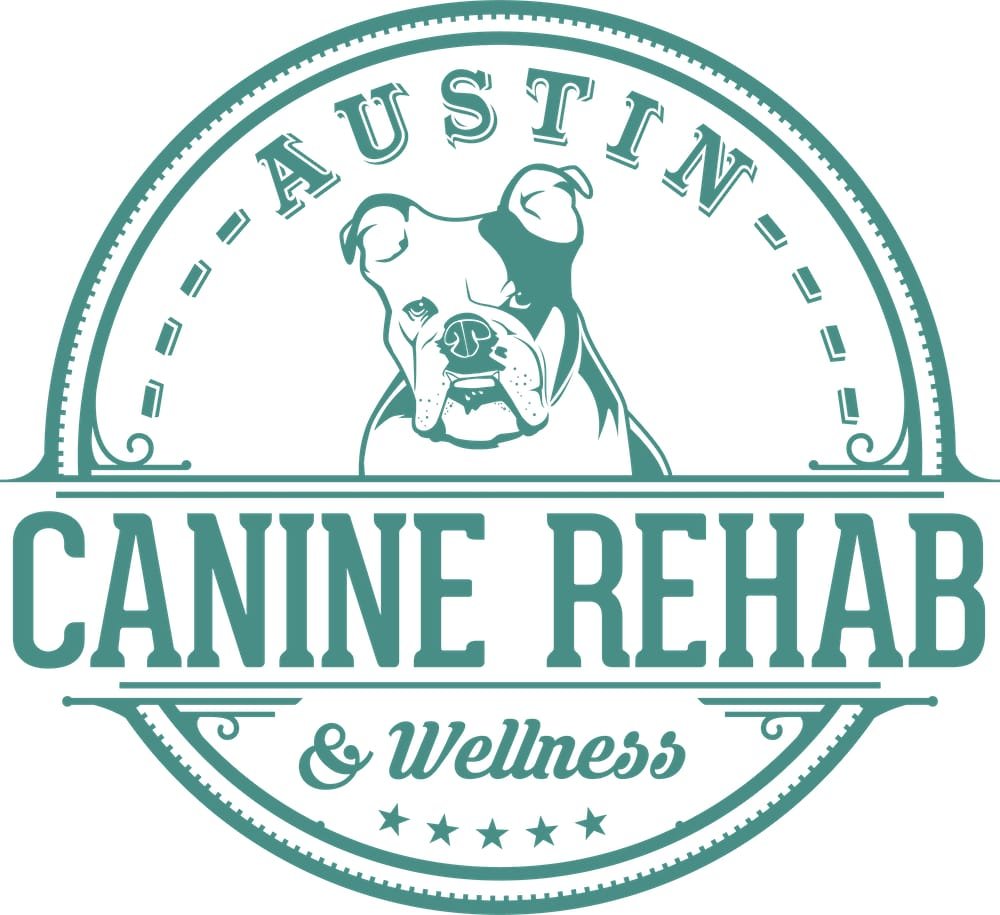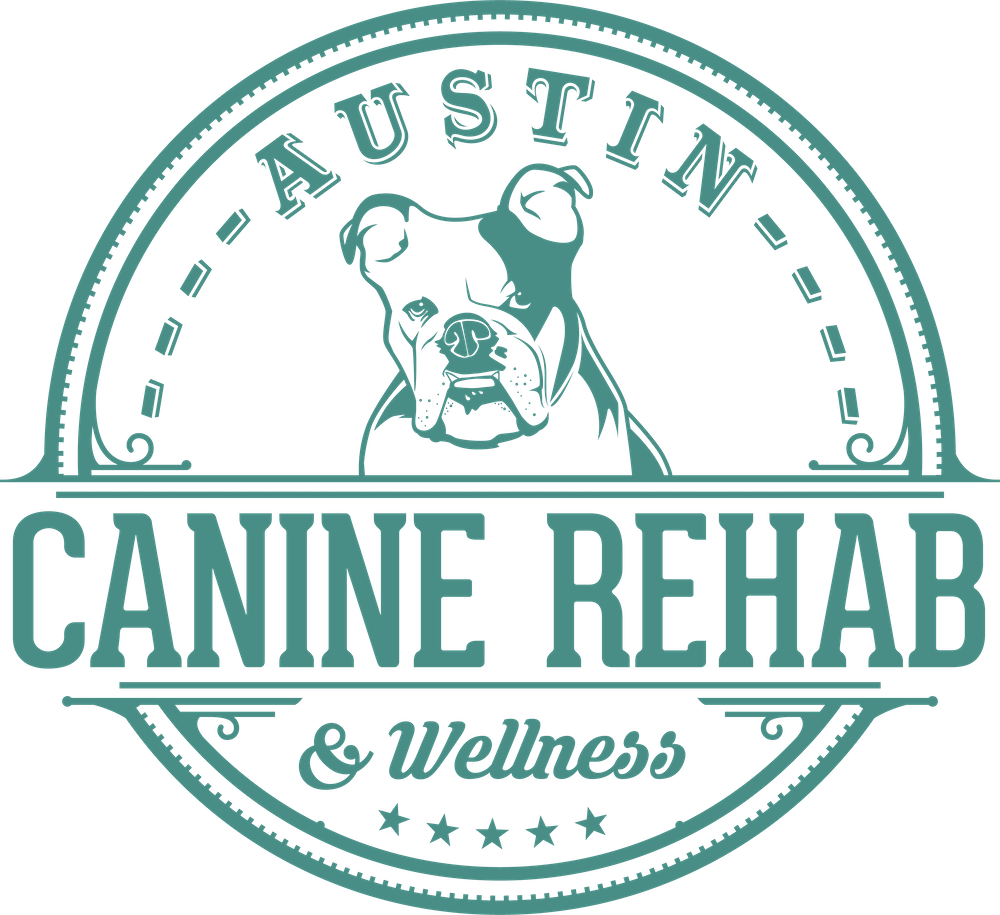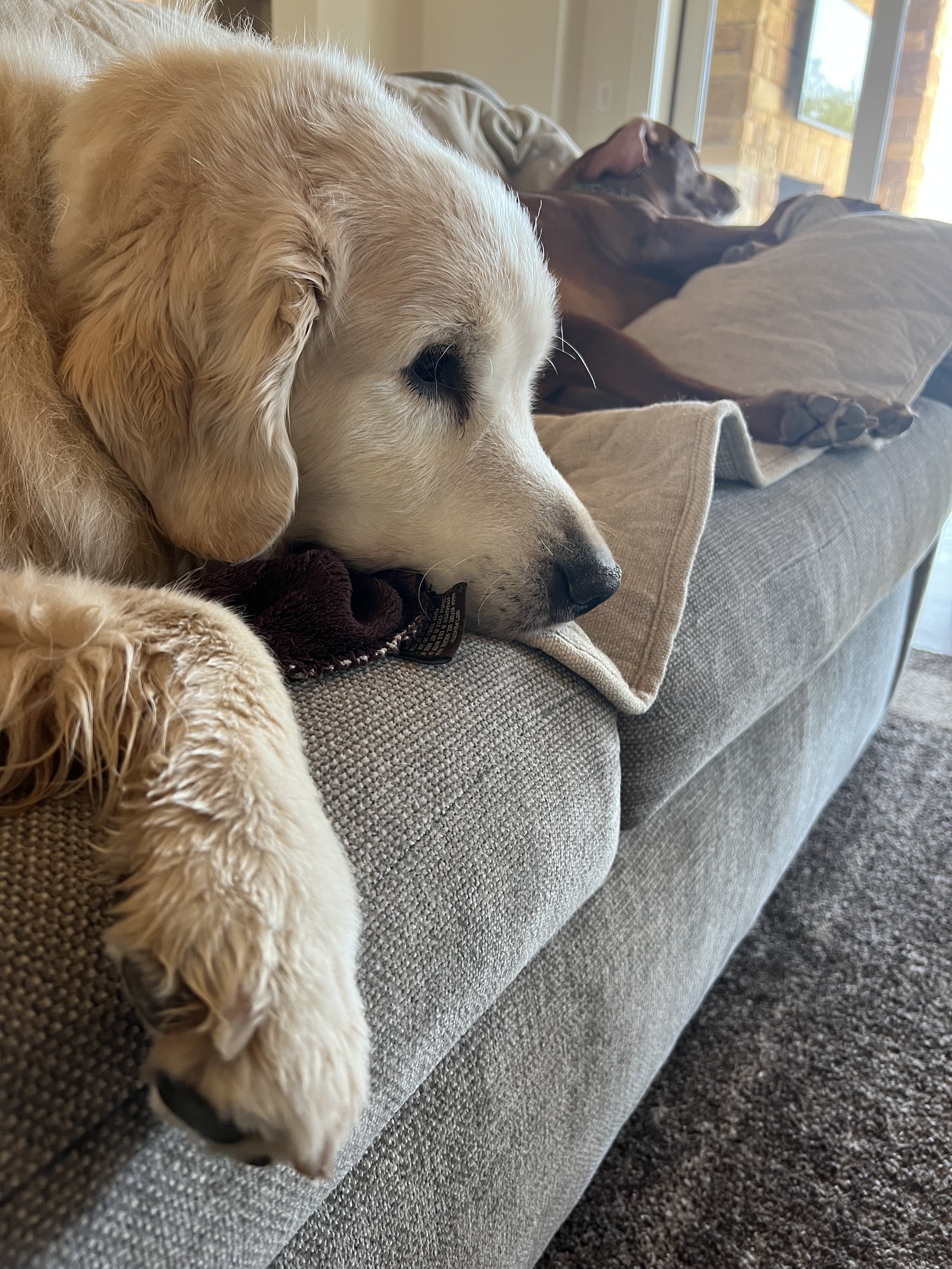5 Common Orthopedic Conditions in Dogs: Causes, Symptoms & Treatments
Orthopedic conditions are all too common in dogs. Just like in people, the rigors of day-to-day life can cause many different issues to arise. These may impact the bones, joints, ligaments, or muscles, and pain and stiffness are often the outcome.
As a dog owner, it’s helpful to understand what orthopedic conditions are common in dogs so you can watch out for any concerning signs or symptoms. This page will give you an overview of five common conditions that dogs experience, how you can spot them, and how they can be addressed.
As a dog owner, it’s helpful to understand what orthopedic conditions are common in dogs so you can watch out for any concerning signs or symptoms. This page will give you an overview of five common conditions that dogs experience, how you can spot them, and how they can be addressed.
Understanding Canine Orthopedic Conditions
It’s never fun to see your dog in pain. One day, it seems like they are totally healthy and happy – only to be struggling the next day with some type of condition. There isn’t always an obvious explanation for what went wrong, but it will become clear that your furry friend needs some help to get back to full health.
Sometimes, it’s simply a matter of genetics. Many orthopedic conditions in dogs are tied to genetics, with certain breeds being more prone to a given problem than others. That’s not always the root cause, however.
Age plays a big role in orthopedic issues, with older dogs being at an elevated risk across the board. It’s also possible that an injury has led your dog to the point of dealing with one of the conditions we’ll highlight below.
The Most Common Orthopedic Conditions in Dogs
The list below does not cover every possible orthopedic condition that could be experienced by your dog, but it does highlight five of the biggest offenders.
Hip Dysplasia
Hip dysplasia is a hereditary condition that causes the ball and socket of the hip joint to develop improperly. The misalignment of the joint can lead to problems like instability, pain, and arthritis. If you notice that your dog is struggling to get up or lay down, or if they are favoring a single leg, hip dysplasia could be to blame.
Cranial Cruciate Ligament (CCL) Injuries
ACL injuries are common in humans, and the CCL – or cranial cruciate ligament – is the canine equivalent.
Tearing or rupturing this ligament can happen as the result of a sudden twisting motion or through weakening over time. Swelling around the knee joint, difficulty putting weight on one leg, and stiffness after rest are common symptoms of this injury.
Luxating Patella (Kneecap Dislocation)
When one of your dog’s kneecaps moves out of position, discomfort and difficulty walking are sure to follow. This is a common issue in small dog breeds and can be caused by trauma or injury. Your pet might start to skip on one leg when experiencing this condition, and you may even hear a popping sound coming from the affected knee.
Arthritis & Degenerative Joint Disease (DJD)
We tend to associate arthritis in humans with age, and that’s often how it works in dogs. As the cartilage that protects joints breaks down over time, pain and inflammation from arthritis will develop. It’s also possible for this condition to impact younger dogs who have joint abnormalities or past injuries. Watch for stiffness and difficulty moving, a reluctance to exercise or play, and swollen joints that are sensitive to touch.
Intervertebral Disc Disease (IVDD)
IVDD is a serious condition that involves the degeneration of spinal discs in your dog. There are specific breeds that are far more likely to experience IVDD than others, including Dachshunds, French Bulldogs, and Corgis. When affected by IVDD, your dog may have difficulty standing or walking, show weakness in the hind legs, or even have sudden paralysis in severe cases.
Treatment Options for Orthopedic Conditions in Dogs
There are many different possible treatments for canine orthopedic conditions. The right options will depend on factors like the age of the dog, the condition they are facing, and their overall health.
Conservative treatment measures can include the use of anti-inflammatory drugs and pain relievers to make your dog more comfortable. Weight management is also important for many of the conditions we have discussed, and rehabilitation therapy can be tremendously helpful in building strength and flexibility.
In some cases, surgery will be necessary to restore your dog’s health. You will want to work closely with your vet to understand what your dog is facing and determine if surgical intervention is the best path forward.
How Austin Canine Rehab Helps Dogs with Orthopedic Conditions
In addition to having your dog examined by your vet, you should also consider seeking the help of a certified canine rehabilitation therapist like the team here at Austin Canine Rehab. We specialize in helping dogs recover from a range of orthopedic conditions, including those we have been discussing on this page.
Our approach is rooted in finding the treatment plan that is right for your dog. We’ll take the time to get to know your pet, understand the condition he or she is facing, and develop a treatment solution that will support lasting recovery. Our treatments can offer pain relief, mobility restoration, strength improvements, and a boost to overall well-being.
Connect Today to Learn More
Early intervention is critical with orthopedic conditions in dogs. Don’t wait to seek help as soon as you notice that something is wrong – even if you aren’t sure exactly what condition your dog is facing. Contact Austin Canine Rehab today to chat about your pet and schedule a consultation to explore the ideal treatment options. We would love to serve you.
Frequently Asked Questions
-
Changes in your dog’s behavior will likely be the first sign. That could mean limping while walking, difficulty getting up or lying down, or a reluctance to run or jump. In more advanced cases, you may even see visible swelling around the joints.
-
In many cases, yes. Between rest, skilled physical rehabilitation, and perhaps medication, many orthopedic conditions can successfully be managed. More severe cases, of course, may require surgical intervention to be solved.
-
Absolutely – manual therapy is an excellent option for dogs with joint issues. Of course, that manual therapy should only be provided by a certified canine rehabilitation therapist. Using a qualified professional will keep your dog safe and provide the best possible outcomes.
-
There is no one timeline that can be applied to all cases. Minor orthopedic injuries may be overcome in just a few weeks, while more serious cases – especially those that lead to surgery – can have a months-long timeline.
-
Dogs of all breeds can experience orthopedic conditions, but some breeds are more likely to experience certain conditions than others. For example, bigger dog breeds like German Shepherds and Labrador Retrievers are commonly afflicted with hip dysplasia and arthritis. Small breeds like Pomeranians and Chihuahuas may deal with luxating patella, and Dachshunds are particularly susceptible to IVDD.





